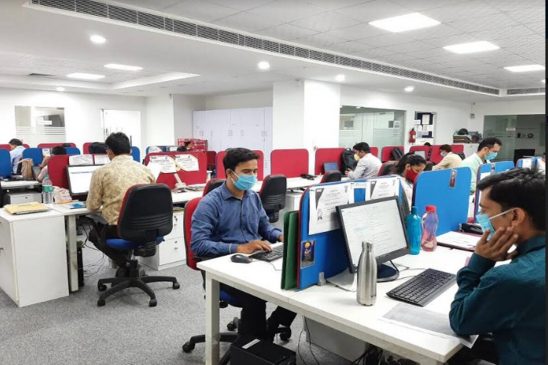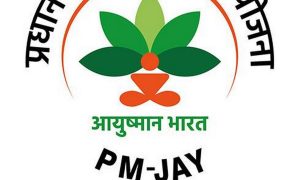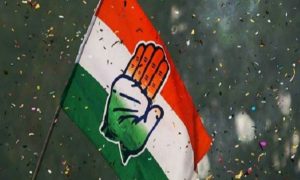NEW DELHI: The unemployment rate in urban areas for 15 years and above slowed in the July-September quarter compared to the same year ago period but remained at the same level as in the previous April-June quarter, data showed on Wednesday.
Read More: ‘Will protect shareholders’: Raymond independent directors on MD’s marital dispute
Data released by the ministry of statistics and programme implementation showed the joblessness rate slowed to 6.6% in the three months to July-September, lower than the 7.2% recorded in the same year earlier period. In the April-June quarter of the current fiscal year it was at 6.6%
The unemployment rate for males was 6.0% in July – September, lower than the 6.6% in the same three month period a year ago and slightly higher than the 5.9% recorded in the April-June quarter. For females, the rate slowed to 8.6% in the July-September period from 9.4% in July-September 2022 and lower than the 9.1% in the April-June quarter of this year.
The periodic labour force survey (PLFS) data has shown that the joblessness rate has slowed consistently after the economy opened up post the Covid-19 pandemic which had prompted authorities to impose strict curbs.
Read More: AI & Human Collaboration: How New Job Opportunities Can Be Created
As economic activity gathered momentum, the unemployment rate has slowed significantly. Annual data release earlier had showed that the country’s unemployment rate slowed to a six year low in the July 2022-June 2023 period as employment opportunities improved after the pandemic induced curbs had hurt jobs.
The labour force participation rate (LFPR) in urban areas increased to 49.3% in the July-September period, higher than the 47.9% in the same year earlier period and above the 48.8% recorded in the previous three month period to June. LFPR is defined as the percentage of persons in the labour force (working or seeking or available for work) in the population.
Read More: RBI says Rs 2,000 notes totalling Rs 9,760 crore still with public
The statistics office had launched the PLFS in 2017 with the objective to estimate the key employment and unemployment indicators (worker population ratio, labour force participation rate, unemployment rate) in the short time interval of three months for the urban areas in the ‘current weekly status’ (CWS) and also examine employment and unemployment indicators in both ‘usual status’ (ps+ss) and CWS in both rural and urban areas annually.





































